How DJing Started: A Musical Revolution
March 5, 2025

Long before neon lights illuminated dance floors and DJs became the stars of music festivals, the art of DJing had humbler beginnings. The term “disc jockey” first emerged in the 1930s, a catchy way to describe radio personalities who played recorded music on air. Their primary purpose? To entertain and connect. In a world where live bands dominated the music scene, these early DJs were pioneers, offering audiences the revolutionary experience of hearing curated playlists at the twist of a dial. From spinning vinyl records to announcing weather updates, they were the original curators of vibe and information.
By the 1940s, DJing began to branch out from the airwaves to the party scene. Enter Jimmy Savile, widely credited as one of the first DJs to play recorded music for a live audience. He launched the world’s first DJ dance party by playing jazz records in the upstairs function room of the Loyal Order of Ancient Shepherds in Otley, England. Armed with a pair of turntables and an ear for rhythm, Savile hosted dance parties where he mixed tracks seamlessly, creating a continuous flow of music that kept people moving. The main purpose of the DJ at this stage was clear: to energize the crowd and keep the dance floor alive. No longer confined to the passive role of a jukebox, the DJ became an active architect of atmosphere.
Fast forward to the 1970s, and DJing exploded into a cultural phenomenon with the birth of hip-hop in the Bronx. Visionaries like Kool Herc elevated the craft by using turntables to isolate and loop the “breaks” in funk and soul tracks, giving rise to breakdancing and the iconic scratch technique. Around the same time the underground House music scene began in Chicago. It was created by DJs who wanted to create a new type of dance music and a safe space for marginalized communities. In the 70’s & 80’s DJs like Frankie Knuckles and Ron Hardy experimented with new ways to mix records combing disco, funk, and electronic beats. DJs evolved into performers, taking center stage and driving entire subcultures. Their purpose expanded, transforming from mere entertainers to tastemakers and cultural innovators. They weren’t just playing music; they were crafting experiences, shaping movements, and defining an era.
Today, DJing is an art form, but its roots remind us of its essential purpose: connection. Whether spinning at a 1930s radio station or headlining Coachella, DJs exist to bridge the gap between music and emotion, creating shared moments of joy, energy, and belonging. Their journey from radio pioneers to global superstars is a testament to the power of music to unite us all. In the end, no matter the technology or trends, the heart of DJing remains the same: it’s all about the people and the power of a great beat.
Sustainable Practices for the DJ
February 20, 2025
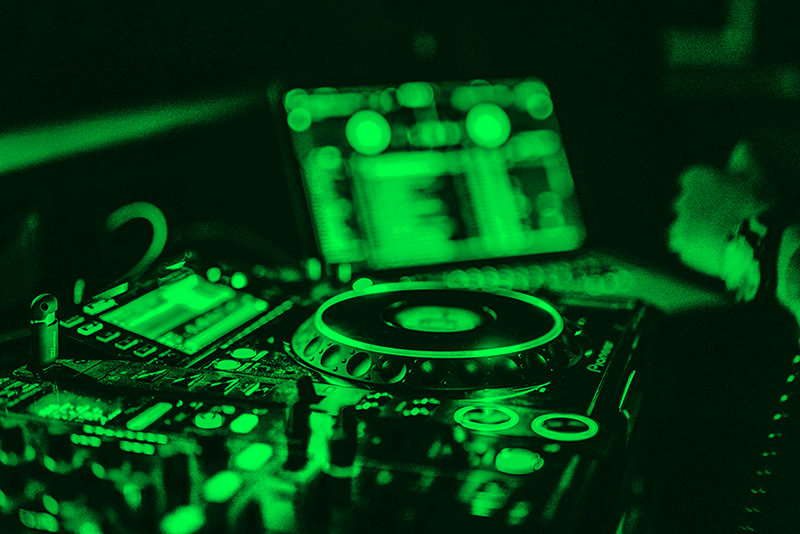
In a world increasingly focused on sustainability, DJs have an opportunity to turn the tables literally on wasteful practices in the entertainment industry. While the life of a DJ can seem inherently resource-intensive, with frequent travel, energy-heavy setups, and endless promotional materials, it doesn’t have to be that way. By adopting sustainable practices, DJs can reduce their carbon footprint, inspire their audience, and show that being eco-friendly is as much a part of modern artistry as mixing the perfect track.
Digging in the Crates: Beyond the Billboard – Discovering & Showcasing Hidden Gems
February 5, 2025
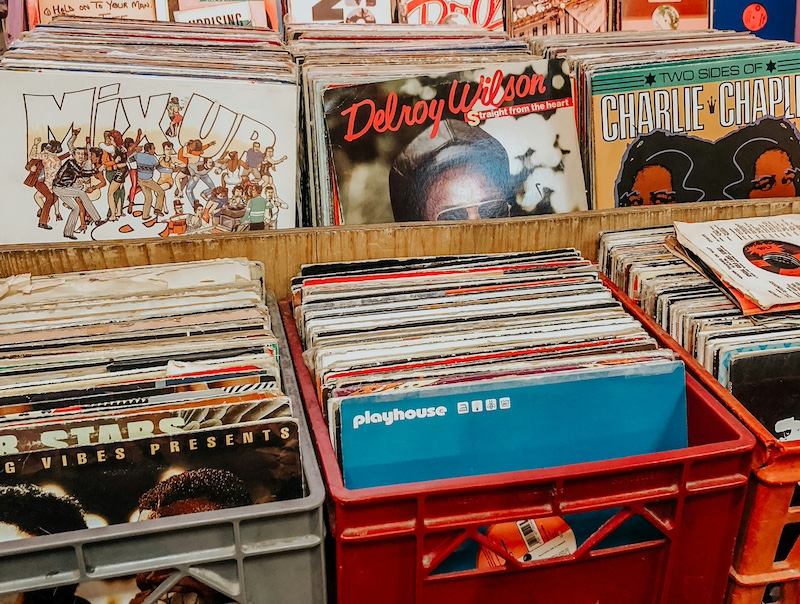
In a world dominated by top 40 hits and algorithm-driven playlists, DJs hold a unique power: the ability to dig deeper, uncover hidden musical treasures, and breathe life into sounds that might otherwise go unnoticed. This practice, affectionately known as “digging in the crates,” is both an art form and a responsibility. While it’s easy to rely on crowd-pleasers, the magic often lies in surprising your audience with tracks they didn’t know they needed. The true alchemy of a DJ is blending the familiar with the unknown, creating a set that leaves people asking, “What was that track?”
The Gift and the Curse of Modern Technology in the DJ Industry
January 22, 2025
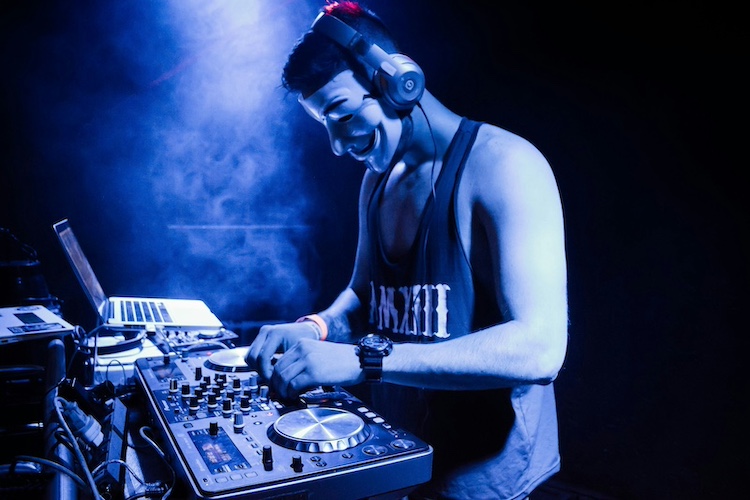
In the ever-evolving landscape of the DJ industry, modern technology has been both a blessing and a curse. From the advent of Digital Vinyl Systems (DVS) like Serato to the debate between turntables, CDJs, and controllers, technology has reshaped the DJing world in profound ways. Let’s delve into the dual nature of these advancements, exploring how they’ve both propelled and hindered the growth of DJs and their industry.
Upgrade Your DJ Gear With These Tips In Mind
December 10, 2024
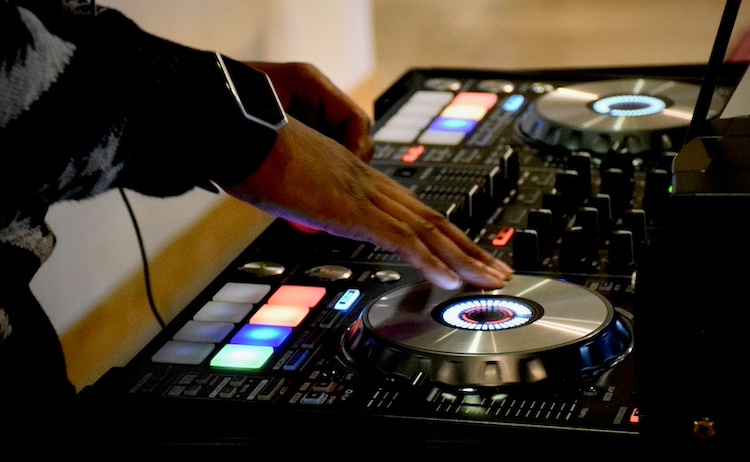
They say the one constant in life is change. Such is (or will be) the same for the equipment you use as you progress in your entertainment career. You may have saved up and purchased the perfect sound system, or you may be satisfied with doing your thing with limited gear. Either way, you will have to upgrade your DJ gear at some point if you consider DJing a business.
Why You Should Learn Music Production as a DJ
November 19, 2024
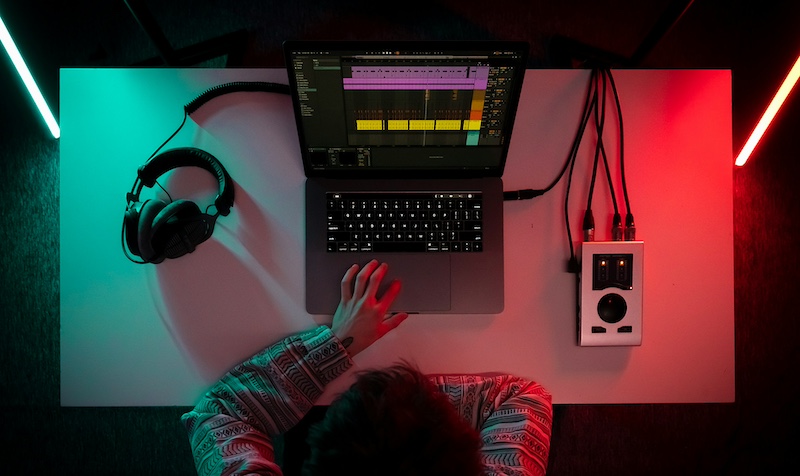
Adding to your skill set in any business should be a no-brainer. That should also go without saying for DJs. Though they are two different industries, DJing and music production complement each other in more than a few ways. That’s why you, the DJ, need to learn how to make music, not just play it. Here are a few key reasons why.
What Seasoned and New DJs Can Learn From Each Other
November 5, 2024
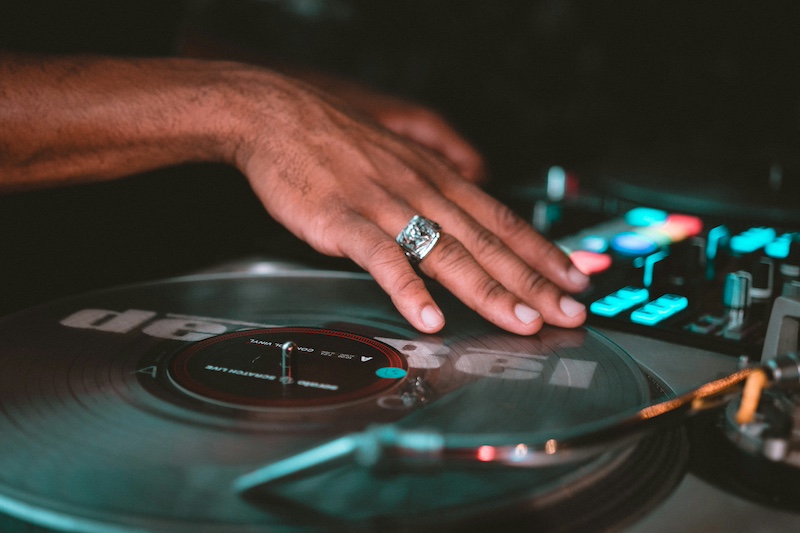
The internet is full of conversations regarding rifts between old school and new school DJs. If it’s not differing philosophies about sharing libraries, it’s a debate about using the sync button. Technology, trends and time have contributed to divisive thoughts. However, the things that seasoned and new DJs can learn from each other rarely gets discussed. Here are a few ideas older and new DJs can come together and mutually benefit from.
How to Protect Your Hearing as a Sound Professional
October 22, 2024
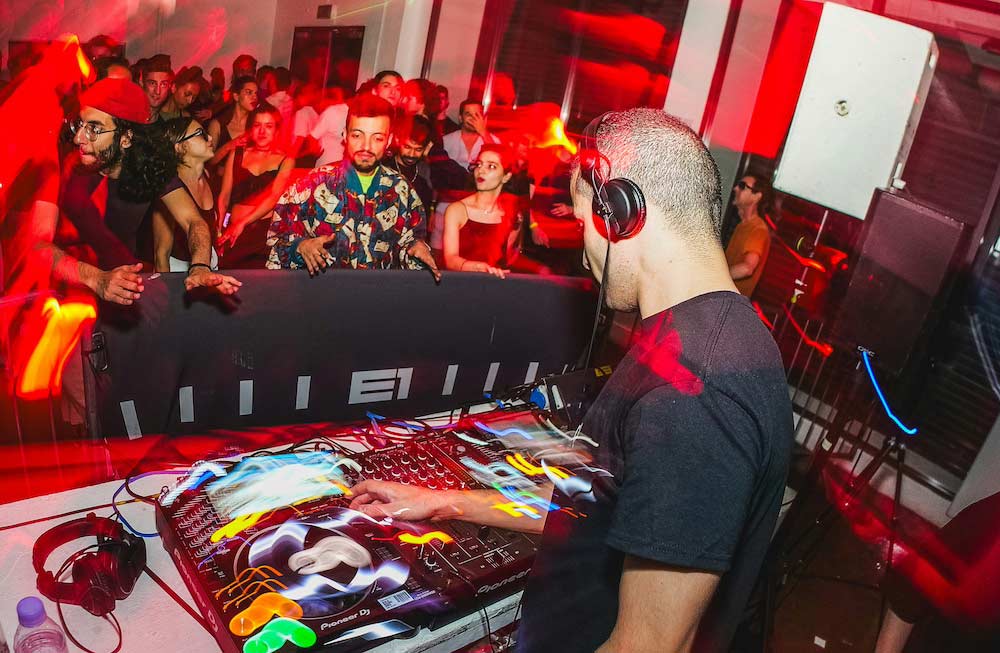
In the world of sound, your ears are your bread and butter. Whether you’re mixing tracks in a studio, setting up for a concert, or monitoring a live show, your hearing is the key to your success. But spend enough years around blaring speakers and thumping bass, and your most important tool might just start to wear out. Protecting your hearing isn’t just a health precaution—it’s an investment in your career’s longevity.
Building a Digital DJ Toolkit: Essential Software and Plugins
October 8, 2024
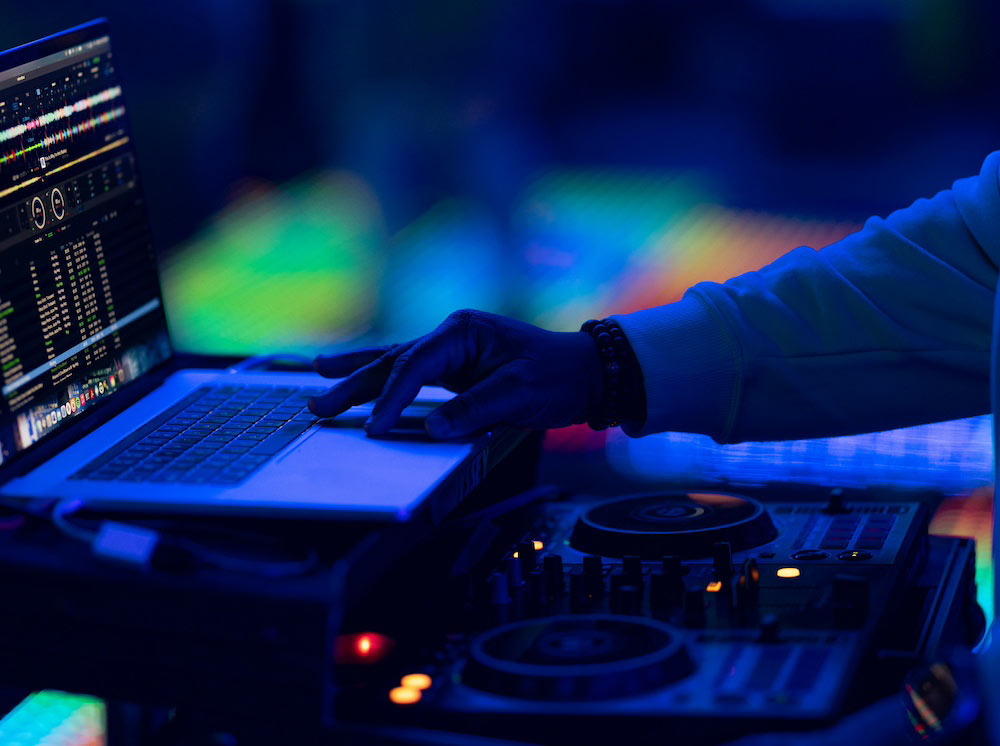
In the ever-evolving landscape of DJing, the right digital toolkit can elevate your sets from ordinary to extraordinary. As technology advances, so do the tools available to DJs, making it easier than ever to enhance your workflow, creativity, and overall performance. Whether you’re a seasoned pro or just starting, here’s a guide to essential software, plugins, and tools that every digital DJ should have in their arsenal.
The Ultimate Guide to Building a Perfect DJ Setlist
September 24, 2024
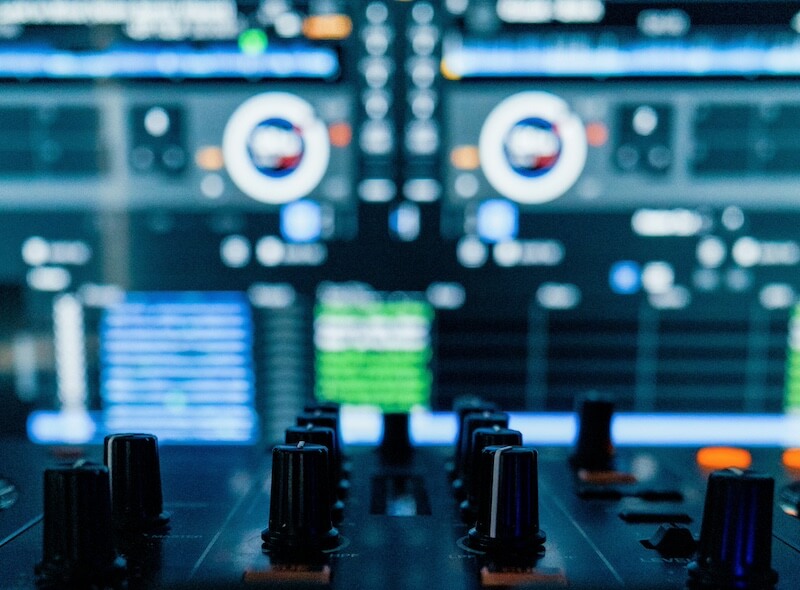
The ultimate DJ setlist is a magical blend of beats and rhythms that transforms a mundane night into an unforgettable party. While many might believe that DJs just press play and dance behind the decks, any seasoned spinner knows that creating the perfect setlist is a meticulous art form. It requires an intuitive understanding of musical dynamics, an intimate connection with the audience, and a flair for unexpected twists that keep the crowd on their toes. Let’s dive into the ultimate guide for constructing a setlist that turns any gig into a legendary experience.